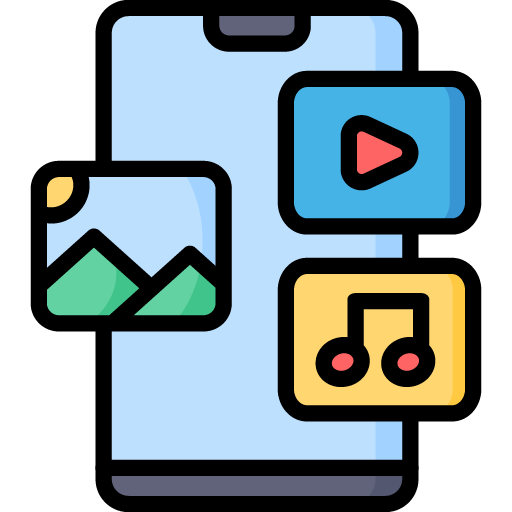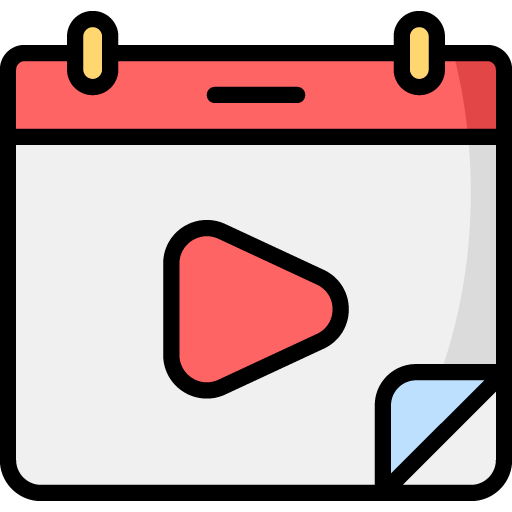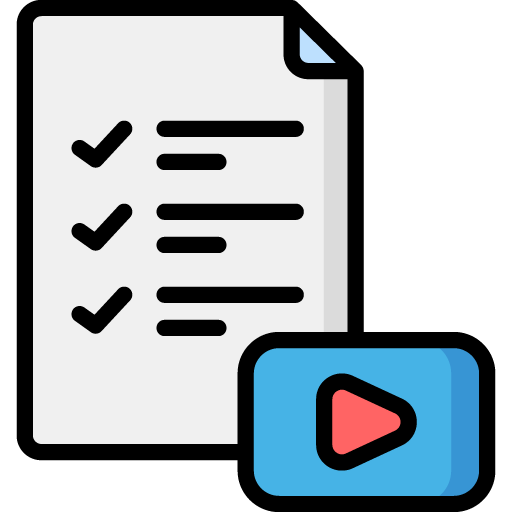Introduction: The Importance of Planning for Monetization
Creating content for YouTube isn’t just about sharing your passion or building a community—it’s also a powerful way to generate revenue. But to turn views into income, you need a solid content plan with monetization in mind from the very beginning. Many creators make the mistake of focusing solely on growing their audience first and figuring out monetization later. However, aligning your content strategy with monetization goals from the start can help maximize your earnings and ensure a sustainable growth path.
Planning Content for Monetization
How to Plan Your Content with Monetization Strategies in Mind from the Start
In this blog, we’ll explore various monetization strategies, how to choose the right ones for your channel, and actionable tips for planning content that attracts both viewers and revenue. From ad revenue and sponsorships to memberships and merch, let’s dive into how to strategically plan content for monetization!
Understanding YouTube’s Monetization Requirements
Before diving into monetization strategies, it’s essential to understand YouTube’s requirements:
- 4,000 watch hours in the past 12 months
- 1,000 subscribers
- Compliance with YouTube’s monetization policies
These requirements mean that creating engaging, high-retention content should be your first goal. High watch time not only helps you qualify for monetization but also signals to YouTube’s algorithm that your content is valuable, boosting its visibility.
Choosing the Right Monetization Strategies for Your Channel
Different channels thrive on different monetization methods. Here are a few to consider:
1. Ad Revenue (Google AdSense)
Ad revenue is the most common way creators make money on YouTube. To maximize ad revenue:
- Create content that attracts high CPM (Cost Per Mille) niches like finance, tech, and education.
- Ensure videos are over 8 minutes for mid-roll ads.
- Maintain brand safety to avoid demonetization.
2. Sponsored Content and Brand Deals
Partnering with brands can significantly boost your income:
- Align sponsorships with your audience’s interests for higher conversion rates.
- Develop a media kit showcasing your analytics, demographics, and engagement rates.
- Incorporate sponsors naturally into your content without disrupting the viewer experience.
3. Affiliate Marketing
Promoting products and earning a commission can be lucrative:
- Focus on products you genuinely use and trust.
- Use trackable links and disclose affiliations transparently.
- Integrate product mentions organically within tutorials or reviews.
4. Memberships and Patreon
Offering exclusive content to paying members:
- Tiered memberships with varying perks increase appeal.
- Content ideas include behind-the-scenes, live Q&As, or early access to videos.
- Promote memberships subtly but consistently.
5. Merchandise Sales
Selling branded merchandise can supplement income:
- Keep the designs simple and on-brand.
- Create merch that’s relevant to your content (catchphrases, logos, etc.).
- Utilize integrated merch shelves on YouTube.
Spotter Studio: A Strategic Tool for Monetization
As a partner with Spotter Studio, we’ve seen how their analytics tools can enhance content planning for monetization. Spotter Studio offers:
- Advanced analytics to identify top-performing content and predict trends.
- Audience insights to help tailor content that attracts high-CPM advertisers.
- Tools to streamline content planning for maximum revenue potential.
Incorporating tools like Spotter Studio into your strategy can help you make data-driven decisions to boost your monetization efforts.
Planning Content with Monetization in Mind
1. Keyword Research for Monetizable Topics
- Use tools like TubeBuddy and Ahrefs to find keywords with high search volume and CPM potential.
- Plan content around evergreen topics that attract consistent traffic.
2. Content Series for Higher Watch Time
- Develop content series that encourage viewers to watch multiple videos in a row.
- Use cliffhangers and teasers to keep audiences coming back.
3. High-Engagement Formats
- Tutorials, product reviews, and “Top 10” lists tend to attract more ads and sponsors.
- Engage viewers with questions, polls, and community posts to increase interaction.
Optimizing for YouTube’s Algorithm
1. Thumbnails and Titles
- Use bold, clear thumbnails and keyword-rich titles to improve click-through rates.
- Avoid misleading titles that can lead to high bounce rates.
2. Tags and Descriptions
- Include primary and secondary keywords in tags.
- Descriptions should summarize the content and include affiliate links if applicable.
3. End Screens and Cards
- Use end screens to promote related videos or your merch store.
- Incorporate cards for affiliate links or sponsor promotions.
Avoiding Common Monetization Mistakes
1. Overloading with Ads
- Excessive ads can deter viewers and reduce watch time.
- Strike a balance—especially with mid-roll ads.
2. Ignoring Niche
- Content that’s too broad struggles to attract loyal viewers or high-CPM ads.
- Focus on a niche with profitable keywords.
3. Lack of Transparency
- Always disclose sponsorships and affiliate links.
- Transparency builds trust and credibility with your audience.
Creating a Monetization Calendar
- Monthly Themes: Align with ad trends and seasonal interests.
- Sponsor Integration: Plan content around sponsor timelines.
- Analytics Review: Schedule time to review analytics and adjust strategies.
Case Study: Marques Brownlee’s Content Planning for Monetization
Niche Focus: Marques Brownlee (MKBHD) targets a dedicated audience by creating in-depth product reviews and tech insights.
Consistency: Maintains a regular upload schedule with high production quality to build viewer trust and retention.
Monetization Strategies:
- Secures sponsorships from major tech brands.
- Uses affiliate links for reviewed products to generate additional income.
Results: This strategic approach helps maximize both ad revenue and viewer engagement, proving the effectiveness of well-planned monetization tactics.
Measuring and Adjusting Your Monetization Strategy
- Key Metrics: Watch time, CPM, click-through rates, and affiliate conversions.
- A/B Testing: Test thumbnails, titles, and ad placements.
- Analytics Tools: Leverage Spotter Studio and Google Analytics for insights.
Regularly reviewing these metrics allows you to adjust your strategy and maximize earnings.
Conclusion: Build for Profit from Day One
Planning content with monetization in mind isn’t just about making money—it’s about creating a sustainable channel that thrives. By choosing the right monetization strategies, leveraging powerful tools like Spotter Studio, and optimizing your content effectively, you can turn your passion for YouTube into a profitable business.
Ready to level up your monetization game? Check out our resources and start planning your content strategy today!







 Edit Your Footage
Edit Your Footage
Leave a Reply